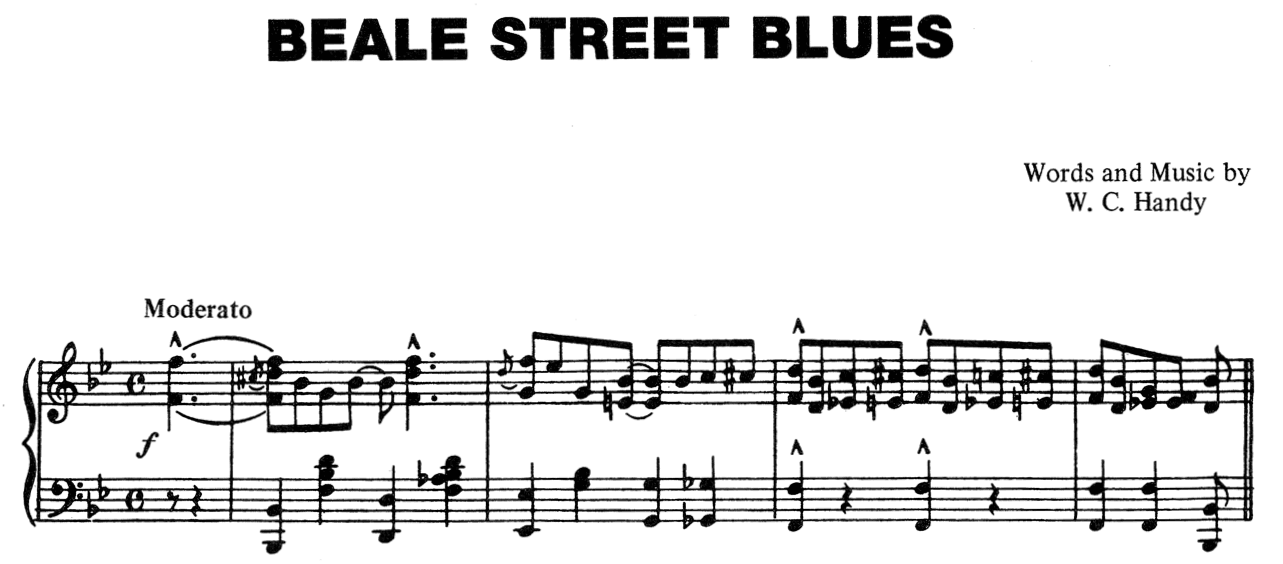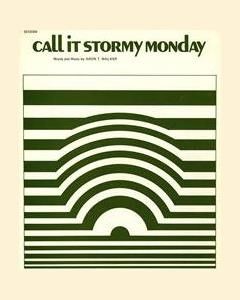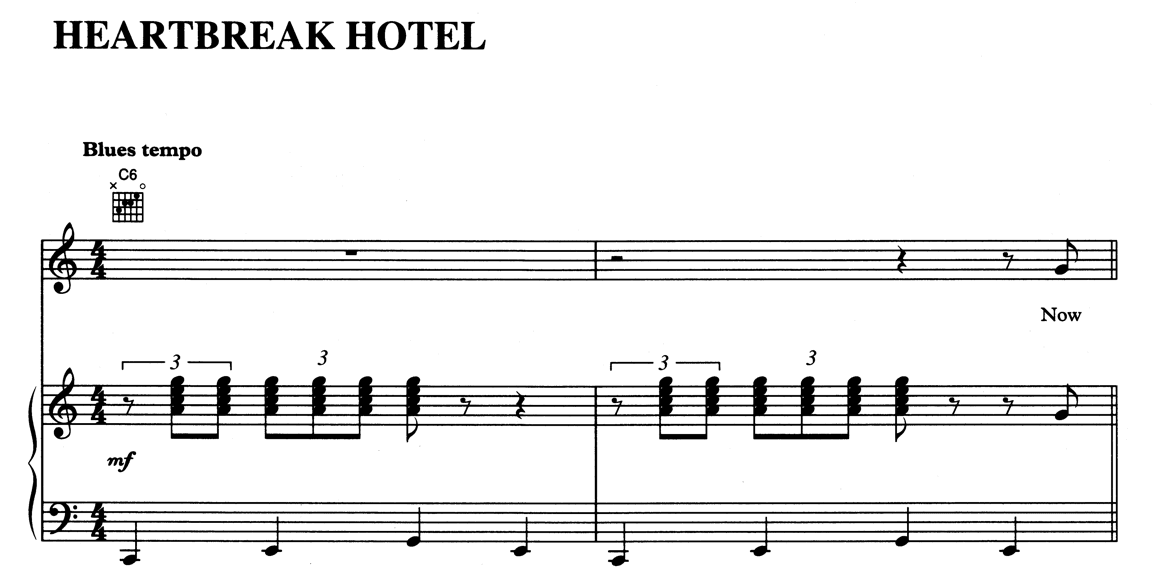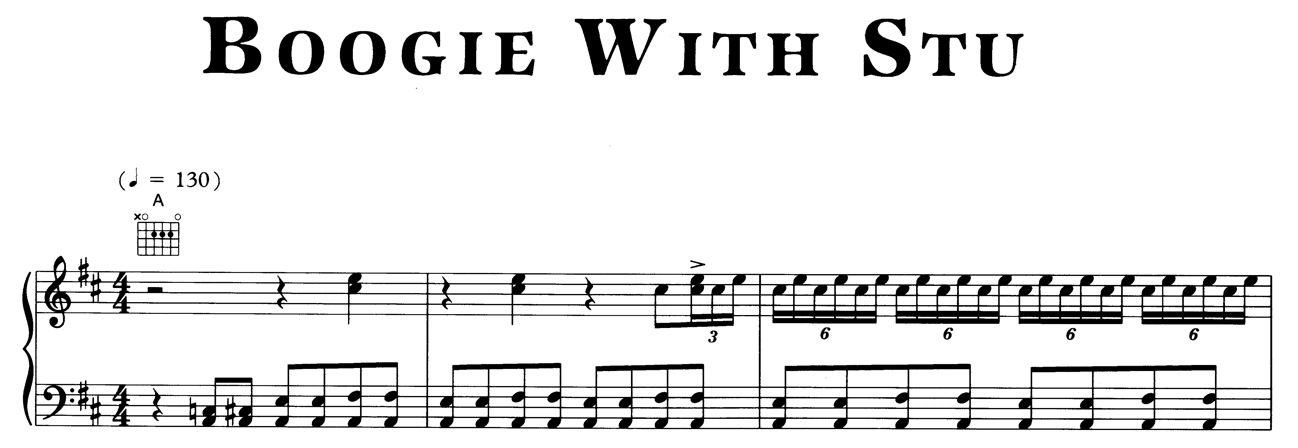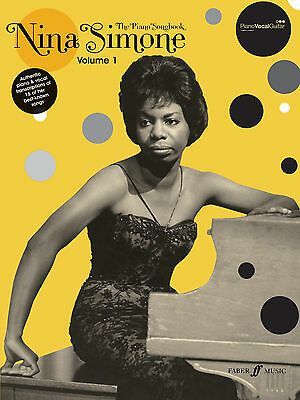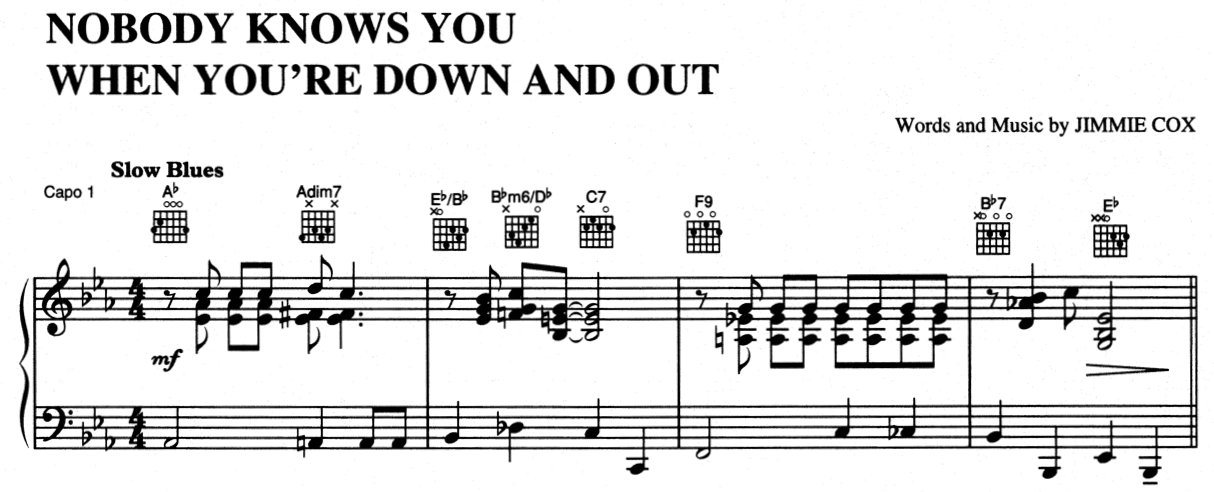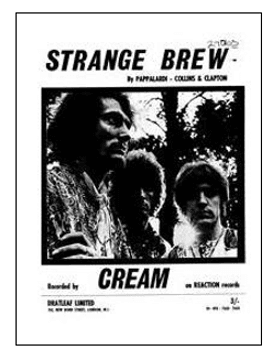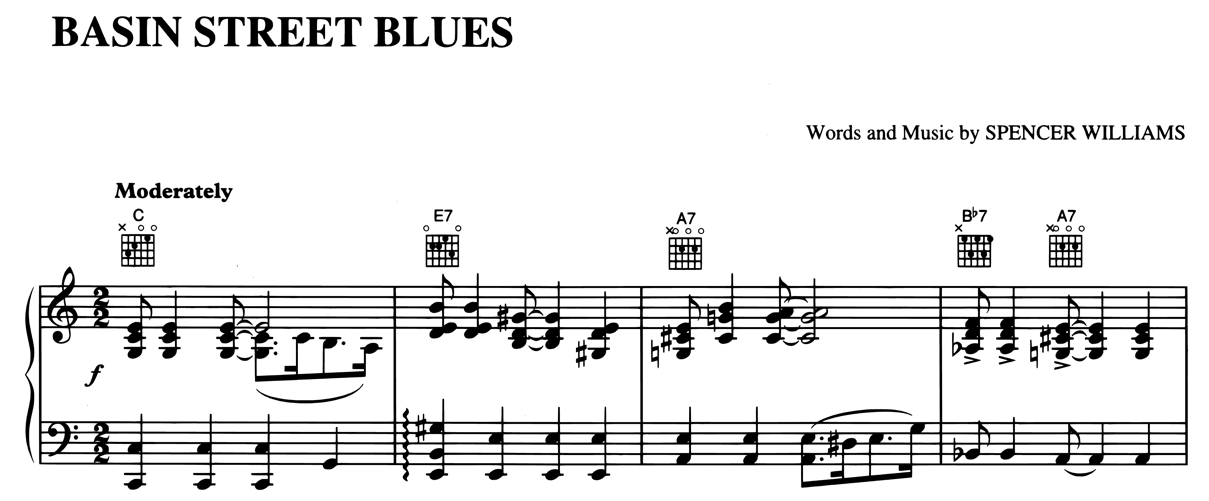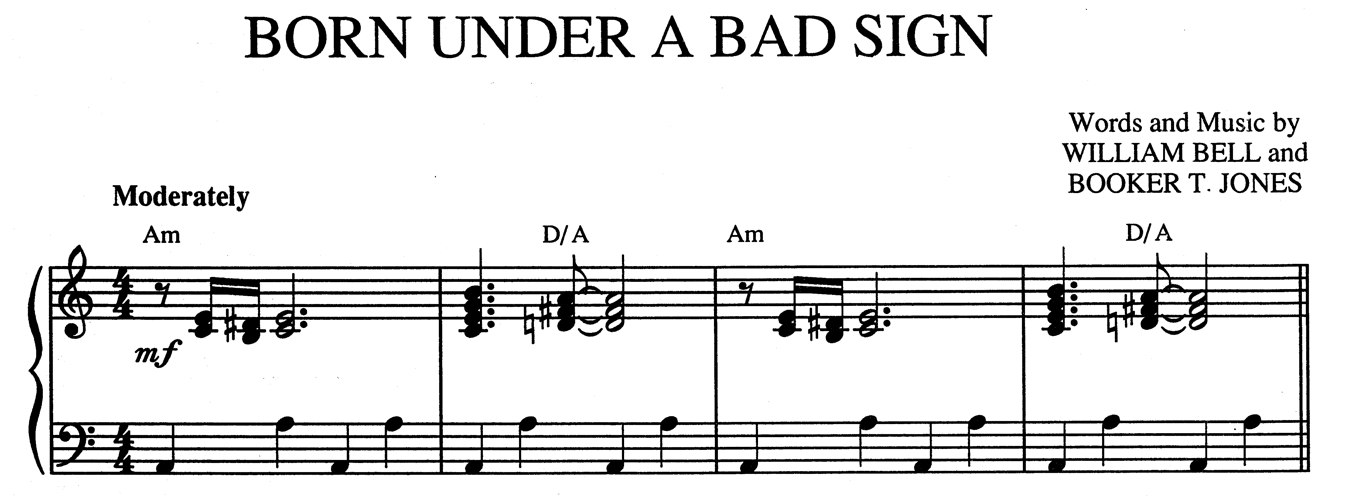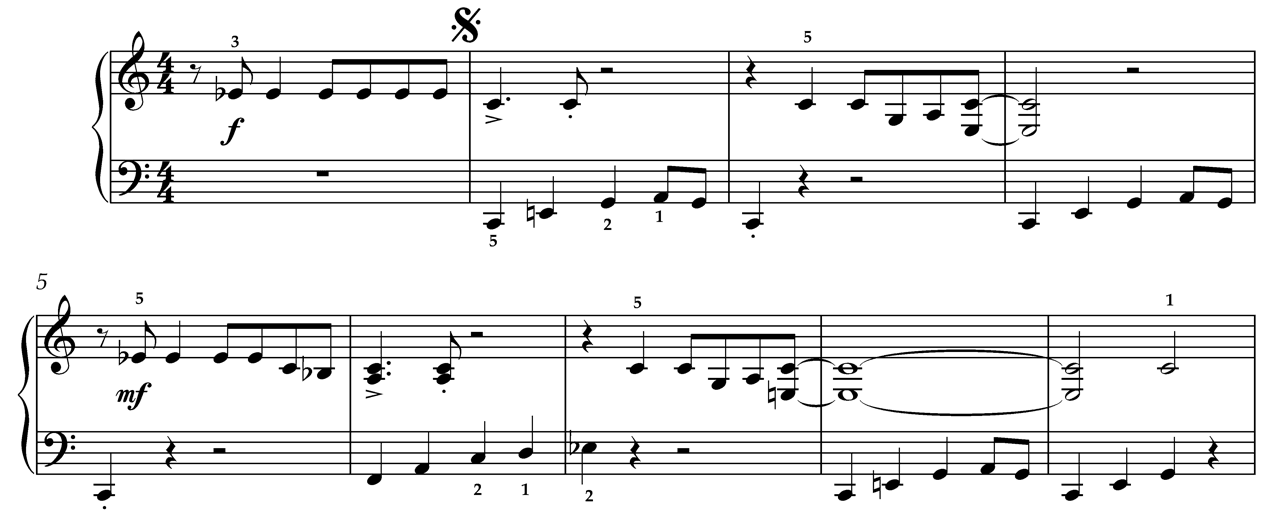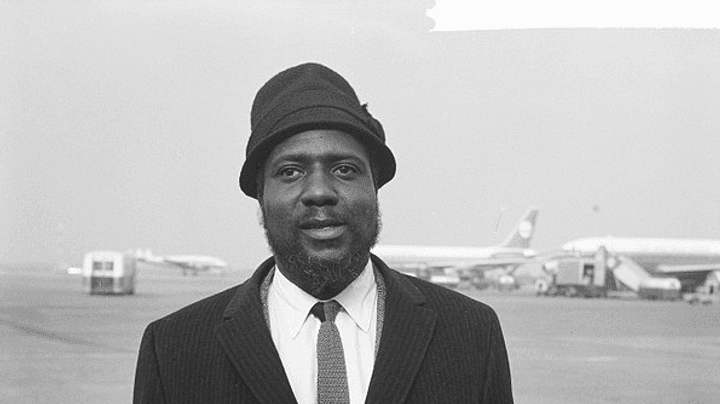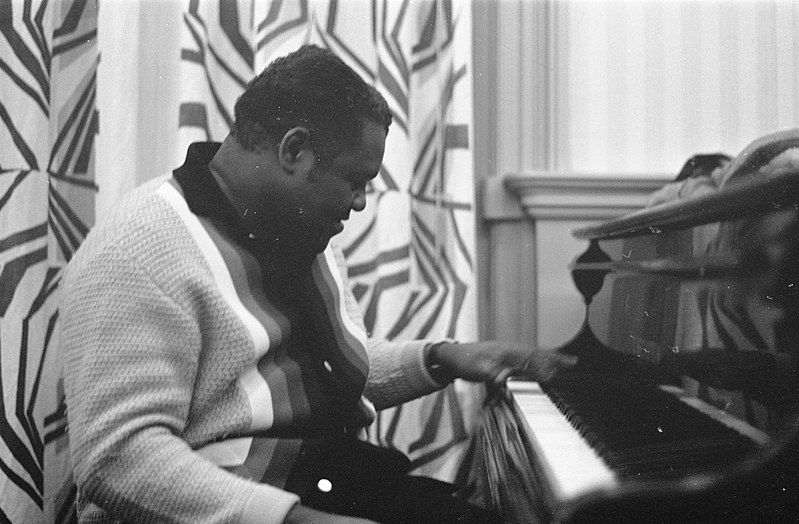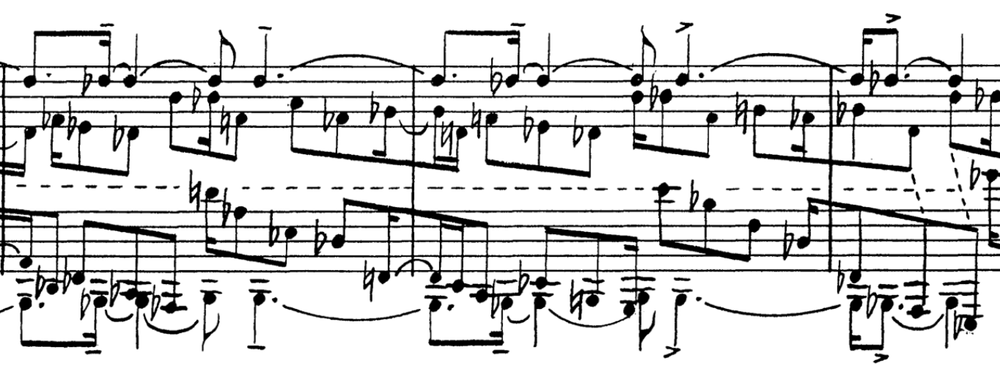The blues features some of the most distinctive and influential patterns, shapes, tunes and sounds in music history. From humble beginnings in America’s Deep South, it’s come to make an impact on too many genres, artists and songs to count.
The genre originated in the fusion of traditional African music with European folk music. First developing from spirituals, chants and work songs, it grew into the blues proper in the early 20th century, before being incorporated in a multitude of ways into American popular music.
This article offers a selection of ten blues piano songs, from delta originals to blues-rock classics. They’ve been curated with an eye to giving aspiring blues players a rounded introduction. While being great fun to learn, the tunes will also help you to understand the genre’s key idioms.
By the time you’ve learned just a handful you’ll be grasping them intuitively, taking your first steps towards being a blues pianist proper. The pieces cover a range of skill levels, so you should be able to find something that matches your ability.
Best blues songs to play on piano
- ‘Beale Street Blues’ by W. C. Handy
- ‘Call It Stormy Monday’ by T-Bone Walker
- ‘Heartbreak Hotel’ by Elvis Presley
- ‘Boogie with Stu’ by Led Zeppelin
- ‘I Put a Spell on You’ by Nina Simone
- ‘Nobody Knows You When You’re Down and Out’ by Jimmy Cox
- ‘Strange Brew’ by Cream
- ‘Basin Street Blues’ by Spencer Williams
- ‘Born Under a Bad Sign’ by Albert King
- ‘Hound Dog’ by Big Mama Thornton
